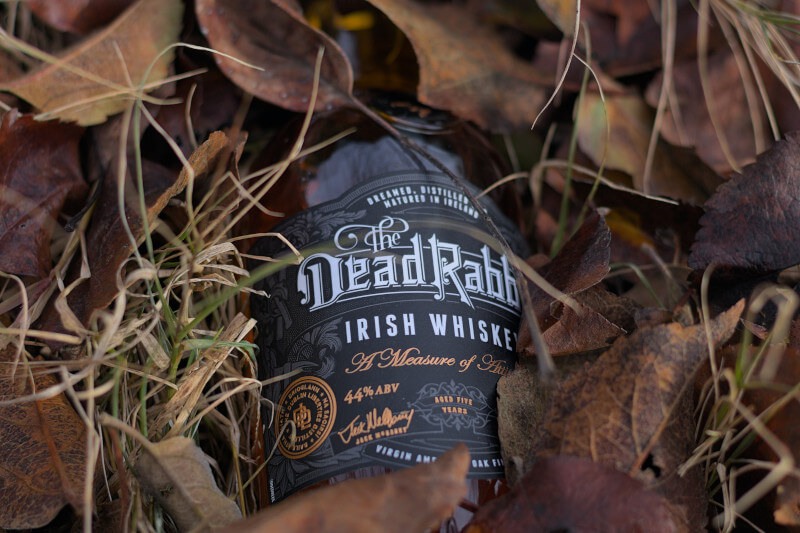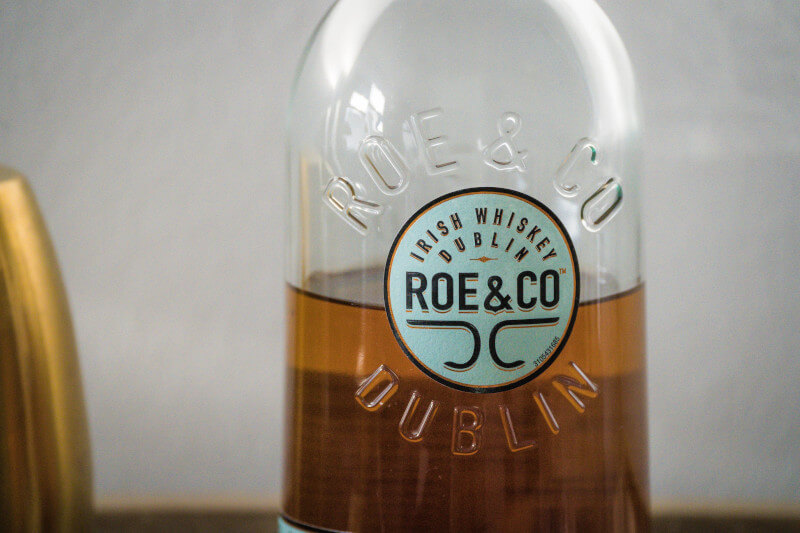Liquid Gold: Ireland’s Export
We’re going on an exciting adventure today, following the golden rivers of a drink as Irish as the shamrock: whisky. Drinking this strong and flavorful spirit is more than simply a way to take home a piece of the Emerald Isle; it’s a way to connect with the culture and history of Ireland.
In the next investigation, we plan to learn more about the fascinating past, present, and future of whisky in Ireland. Discover how this “water of life” has shaped and been shaped by Ireland’s storied past, from the distilleries where it’s made to the tables where it’s savoured.
This trip, while educational, will also be fun and interesting. Weaving together historical details with colourful cultural anecdotes, we aspire to excite and engage you as much as a superb dram of Irish whisky does a connoisseur. Relax with the thought of an Irish whisky wafting through the air as we set sail for the Emerald Isle.
Irish Whisky: Where It All Began
For the sake of accuracy, let’s gaze into the past and try to figure out where Irish whisky came from. Whisky comes from the Irish “Uisce Beatha,” which literally means “water of life” (it’s pronounced “Ish-ka Ba-ha”). This expression perfectly captures the significance of whisky in Irish culture throughout the ages.
Distillation is thought to have begun in Ireland around the 11th century, when Irish monks returning from the Mediterranean brought the technique back to the island. In the first place, these pioneers used the “Uisce Beatha” they distilled in monastic breweries for medical purposes. Whiskey’s path from monastic hospitals to Irish pubs and beyond began when its sacred roots gave way to more secular activities.

The change from ales to distillates is often cited as the watershed moment that gave rise to whisky as we know it today. Irish inventiveness and flexibility continue to define the Irish whisky business, and the tactics adopted by these pioneers were more than just an ingenious way to produce a strong drink.
Given this context, we may better comprehend not just the longevity of Irish whisky but also its deep cultural and historical significance, which is rooted in the turbulent and dynamic history of Ireland. Keep this origin story in mind as we move on; it is a reflection of the tenacity of the Irish people and the pride they have in their beloved Uisce Beatha.
Sacred Hydration
While researching the origin of the word “whisky,” we came across the intriguing Irish phrase “Uisce Beatha.” Literally meaning “water of life,” the name alludes to whiskey’s vital place in Irish culture. Its significance, however, goes much beyond that of its literal meaning and transcends into the figurative and cultural spheres of Irish society.
Whisky has a long and storied history of veneration in Irish culture and festivity. Whisky in the wedding toast is a symbol of a long, happy life for the newlyweds. A dram of whisky is traditionally provided during wakes, both to honour the deceased and to console the grieving. A lot of friendships and communities have been forged over drinks of whisky shared between neighbours at local watering holes. In Ireland, drinking whisky is more than just a social event; it’s a tradition that brings people together through happiness and sadness, love and grief.
Herein is the true meaning of “Uisce Beatha.” This water of life has deeper symbolic meanings than just providing nutrition. It embodies the strong, welcoming, and collaborative Irish character. As we continue on our journey, let’s remember that each dram of Irish whisky is more than simply a taste of a quality spirit; it’s also a taste of Ireland’s rich heritage and warm spirit.
Whisky Debate: Irish vs. Scotch
One of the most charming rivalry in the world of aged spirits is that of Irish whisky and Scotch whisky. Yes, even the spelling is different, putting a fun spin on this friendly rivalry. While both are distilled and aged, and both have Celtic roots, there are significant variances in manufacture, flavour, and history that define them apart.
Triple distillation is commonplace in the production of Irish whisky, making it a smoother, lighter spirit than its Scottish cousin. Scotch typically has a smokey flavour character, however this is avoided in the malting process by limiting the use of peat (decomposed plant).
Scotch whisky, made across the North Channel, is often double-distilled, and its smoky, earthy flavour comes from the use of peat in the malting process. Even more complicating matters is the fact that Scotch has geographical variances, such as the mild-flavored Lowland whiskies and the strong and peaty Islay malts.
Despite their apparent dissimilarities, they hold a deep respect for one another. Both continue to honour their historical distillation practises while also adopting new technology, demonstrating a firm dedication to quality, authenticity, and heritage. This mutual appreciation for whisky creates a friendship that goes beyond simple competition.
Legendary Irish Spirits Producers
There can be no discussion about Irish whisky without paying tribute to the distilleries that have so steadfastly continued the production of Uisce Beatha. These distilleries, each with its own fascinating history, are the backbone of Irish whisky.
Take Jameson, one of the most famous Irish whisky brands in the world. Jameson, which was founded in Dublin in 1780, is the epitome of traditional Irish whisky: triple-distilled, silky smooth, with just the right amount of spice, nuttiness, and sweetness.
Northern Ireland is also home to the Old Bushmills Distillery, which was established in 1608 and claims to be the world’s oldest licenced distillery. They include a lot of Irish single malt whisky in their products, giving them that rich, fruity pleasure that has made Bushmills Black Bush so popular.
The Midleton Distillery is another stronghold of Irish whisky, producing such famous labels as Redbreast, Green Spot, and the ultra-premium Midleton Very Rare. The distillery is well-known for rescuing and revitalising the age-old method of manufacturing pot still whisky, a unique Irish style that uses both malted and unmalted barley.
Famous distilleries like these, as well as the next generation of whisky masters, are always developing new techniques while staying true to their roots. Every bottle they make not only captures the essence of Ireland but also adds to the long and storied history of Irish whisky. As we look further, we learn that the history of Irish whisky is about more than simply a beverage; it is also the tale of a people, a land, and an unquenchable will to succeed and innovate.
Whisky as a Cultural Icon in Irish Literature and Film
Whisky has a recurring role in many artistic manifestations from Ireland, including literature, music, film, and even folklore. This demonstrates the widespread permeation of the spirit across Irish culture.
Whisky is often as readily available as the words in Irish literature. The works of James Joyce are a perfect illustration of this. Whisky plays a large role in the author’s famous novel ‘Ulysses’, helping to portray vivid scenes of Dublin’s social life around the turn of the twentieth century. As the story progresses, it serves as a source of solace in times of tragedy, an occasion for joy, and an impetus for friendship.
A wide variety of songs, both old and new, have been written about whisky. Take the traditional Irish tune “Whisky in the Jar,” which is sung in bars all around the United States. Whiskey’s prominence in Irish popular culture is further cemented by frequent references to it in contemporary Irish music.Irish whiskey’s appeal has even made its way into the movies. Scenes in Irish bars with characters sipping on the amber drink are a regular sight in films, gently highlighting the central role of whisky in everyday life in Ireland.

Irish whisky is a hero in many legends as well. Mythical beings like leprechauns are regularly mentioned in stories about distilleries, and they are sometimes playfully blamed for the loss of some of the spirit during the ageing process, known as the “Angel’s Share.”
Irish whisky, via these cultural transformations, becomes more than just a drink; it becomes a persona, an inspiration, and a symbol integral to the Irish national identity. Irish whisky, as we discover when we explore into the different references and depictions, is about more than the spirit in the glass; it is about the spirit of a people and their common heritage. This story is as enduring and intriguing as Ireland itself; it is a tale of perseverance, happiness, sadness, friendship, and, above all, a love of life.
This is the Modern Renaissance of Irish Whisky
There is no denying the rebirth of Irish whisky. The intriguing journey of the spirit may be seen from its historical significance, through its near demise in the 20th century, to its current powerful comeback. The number of distilleries in Ireland has increased dramatically during the past decade, from a small handful to more than thirty. Investment, innovative methods, and an increased awareness of Irish whiskey’s singular qualities have all contributed to its revival.
This revival isn’t happening in isolation in Ireland. Irish whiskey’s smoothness, variety, and fascinating history have won over a new generation of connoisseurs around the world. It’s one of the most rapidly expanding alcoholic beverages in the world, as consumers in places as diverse as the United States, Canada, and even Asia develop a taste for the “water of life.”
Ireland’s Bleeding, Bleeding Heart
In Ireland, whisky is more than a beverage; it’s a symbol of the country’s fortitude, cultural vitality, and historical depth. Irish whiskey’s fascinating story of perseverance, rebirth, and ageless appeal has been written as it has travelled through the country’s veins, from its inception in monastic distilleries to its high status in the world today.
We trust that you now have a greater respect for Irish whiskey’s significance and are compelled to learn more. Maybe it has even piqued your interest enough to make you want to pour a dram and savour the tale it tells, or even better, to book a flight to Ireland and follow in the old masters of whiskey’s production’s footsteps. After all, the golden whisky offers a taste of Ireland’s heart, delivering a sample of its landscapes, traditions, and people with every sip.
